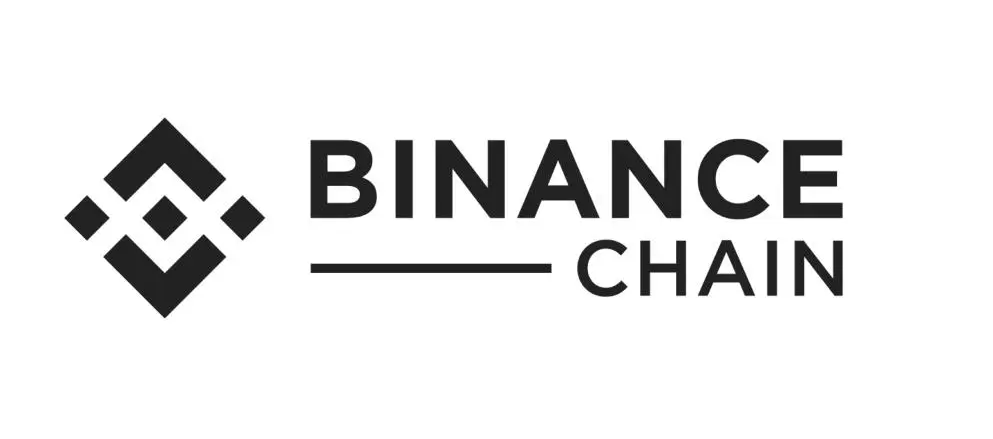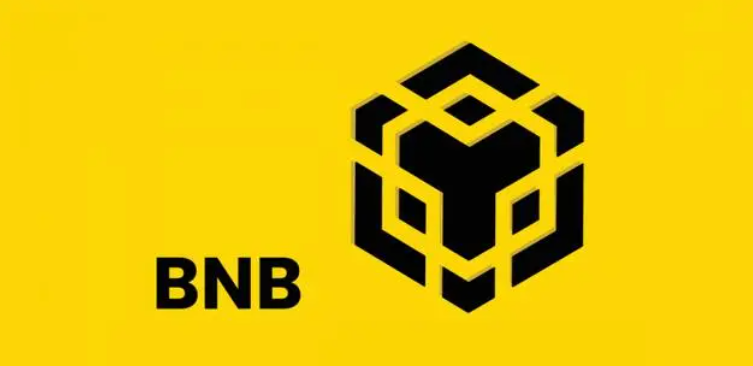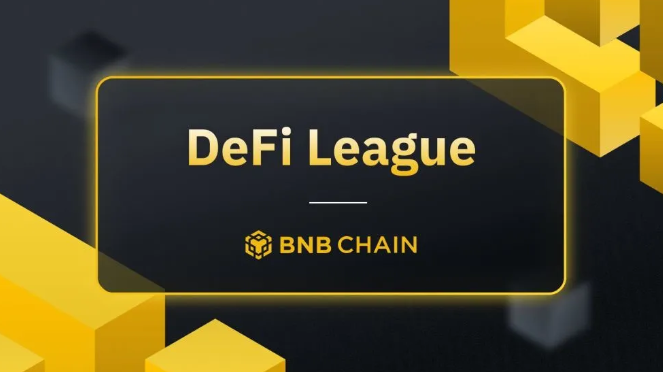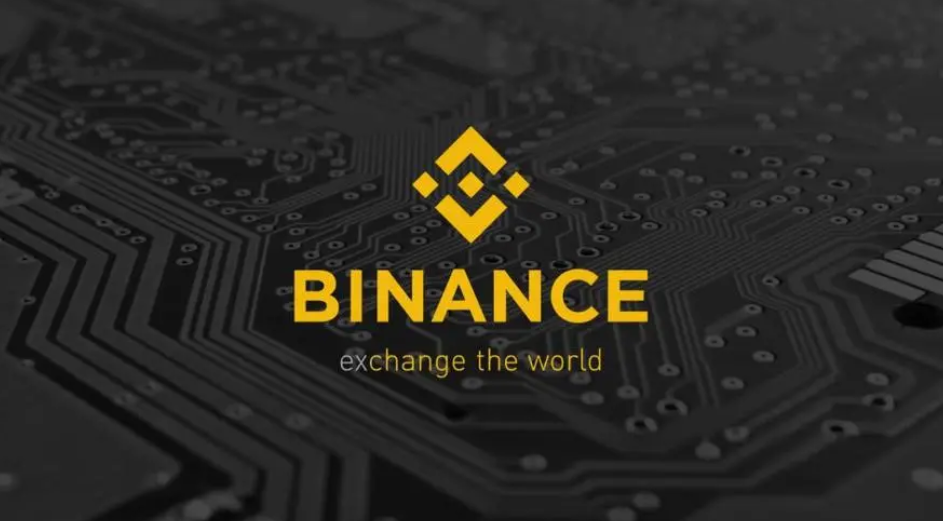BNB Chain
On the evening of February 1, BNB Chain released the BNB Greenfield whitepaper. This is the third chain in the BNB ecosystem after BNB Beacon Chain and BNB Chain.
For developers and users, the most interesting thing about this chain is that it has both storage and computing capabilities.
For developers, the native storage function allows dApps that need data storage to avoid developing on two infrastructures. It is also more convenient for users who need to use storage, as both storage and compute are based on the same account, making it clear that the user’s data is sovereign.
This innovation may lead to an imaginative number of new use cases in the future, and its wide range of scenarios and applications will open up new avenues of value capture for BNB.
What is BNB Greenfield?
What are the cornerstones of a decentralized Internet world? Assets, computation, and storage.
The emergence of new crypto-assets since the birth of Bitcoin has provided a vehicle for the flow of value in a decentralized world. The increasingly powerful public chains provide the computing power necessary for the decentralized world.
Smart contracts became an essential part of the crypto world when Turing-complete ethereum brought smart contracts to the crypto world. Smart contracts with computing power bring programmability and composability to the crypto world, which is the cornerstone of DeFi and NFT’s prosperity.
And to bring complete decentralized services to users and ultimately transition our internet world to a fully decentralized one, I’m afraid the chain is still missing an important piece - storage.
Although existing decentralized storage solutions can solve many problems, such as data privacy protection and censorship resistance, the current decentralized system is still not mature enough.
In this context, BNB Greenfield, as a decentralized data storage system with Web3 application smart contract integration, aims to revolutionize the data ownership economy and bring new standards of utility to Web3.
In terms of specific functions, BNB Greenfield will be the distributed storage infrastructure of the BNB Chain. With BNB Greenfield, anyone with a BNB Chain address and a BNB can seamlessly store data and deploy websites on BNBGreenfield using DropBox.
BNB Greenfield uses an API interface similar to AWS S3, which allows users to programmatically manipulate its data, as well as store historical data from the BNB Smart Chain and infrastructure data from other BNB ecosystems. Unlike most decentralized storage, which places more emphasis on tight integration with the crypto world, BNB Greenfield was designed with the vast Web2 world in mind, and in addition to adopting a more mainstream API, its storage service will be denominated in US dollars, but payments will still be made in BNB.
The test network of Web3 infrastructure built by the BNB Chain core team is supported by community development teams from Amazon Web Services, NodeReal and Blockdaemon.
From 1 to 100, what are the remaining problems with distributed storage?
To solve the storage problem, the crypto world has been actively exploring solutions. Decentralized storage is arguably a topic with a long history.
From the early days of IPFS, Filecoin, Swarm, to the rise of Arweave in the current bull market, the need to store data on the chain has been largely satisfied. However, the progress from 0 to 1 does not mean that the infrastructure of this sector is “good enough”.
In the early days of decentralized storage (one might even call it “prehistoric”), the Ether network was used for distributed storage. Although Ether could not be used to store files, “data” could be written to Ether in a single transaction. For this reason, there have been many hobbyists who have converted images into base 64 strings and stored them on Ether. However, when it comes to storing large amounts of data, Ether just doesn’t fit the bill. Moreover, deploying larger data to the main network would be very expensive due to gas charges.
In response, a number of decentralized storage networks have been created.
Take IPFS (InterPlanetary File System), for example, a protocol that came online back in 2015. The development team mainly benchmarked it against the Internet’s HTTP protocol, aiming to complement or even replace it. The vision is very ambitious and very generalizable. The downside of this infrastructure, however, is that the network is too decentralized, and the peer-to-peer mechanism makes it difficult to perpetuate the files saved by IPFS. It also lacks incentives due to the lack of a cleverly introduced economic system.
Filecoin, a public chain system with incentives based on the IPFS protocol, makes a change. It serves as both the storage layer of IPFS and the incentive layer of the IPFS protocol, and IPFS is the application layer of the whole system. both Filecoin and IPFS were developed by Protocol Labs, and the two protocols share several functional modules.
Filecoin and IPFS are both developed by Protocol Labs, and the two protocols share several functional modules. However, Filecoin mining hardware requirements are higher, and there is too much junk data on the network. Its performance and download speeds are also a hindrance to its development. The program’s obsolescence has also caused many of its product concepts to deviate from the existing state of affairs, losing the traffic and attention it once enjoyed.
In 2018, Arweave went online. Arweave’s rise in the recent bull market ushered in a “new king” in the long-dormant storage sector.Arweave’s aim is to store data reliably over the long term, offering a storage solution called the Permaweb permanent network. The network does not use a blockchain structure, but rather blockweave. On the network, users can pay a one-time fee and receive an agreement for permanent file storage, in order to realize truly permanent data storage for the first time.
In terms of landing scenarios, the characteristics of Arweave make its scope of application narrower, and it is more used for storing art resources that are used statically, such as the pictures of some dApps, NFT pictures, and so on.
Taking a comprehensive view of the entire decentralized storage track, the applicable scenarios and ecological applications are the common limitations of almost all storage networks. At present, decentralized storage is more often used to store some art resources with low coupling (such as NFT small pictures). Many Web3 projects do not necessarily have a connection between computation and decentralized storage.
If a dApp has to read and write to the storage network at a high frequency, the developer will have to develop across two networks (the chain where the smart contract resides and the chain where the storage resides). What’s more, users can’t personally control data on two different networks at the same time with a single chain ID.
BNB Greenfield will solve this problem for us.
In short, BNB Greenfield is a decentralized storage network for EVMs. It can fulfill both computing and storage needs at the same time.
The Imagination of “Storage + Computing”
Based on the most basic characteristics of the blockchain, users can have autonomy over tokens through their accounts. However, when the use case is expanded to a wider range of applications, some problems arise. For example, it is not possible for users to prove their sovereignty over data on another network (the storage network) just by using the ID of one network.
Smart contracts are not new, but in existing decentralized networks, be it mainstream public chains, new public chains, or L2, they only bring a better use of “computing power”. Although it is possible to connect with other storage networks, this kind of non-native cross-network development always brings developers some trouble and unfriendly user experience.
Smart contracts and decentralized storage would be a milestone for Web3 if they could be integrated natively from the start and work with the large dApp ecosystem that already exists.
With the release of BNB Greenfield, the chain gives developers the ability to do both storage and computation on the same chain. This ability enables many on-chain and off-chain applications.
Within BNB Greenfield, users will be able to create, read, share and even execute data with a user experience and cost close to that of the popular Web2 cloud storage service. Users can fully own their data assets and decide who can use them and how they can use them. Users’ data assets can be easily placed into a broad, smart contract-based economy to gain financial value.
According to Victor Genin, Senior Solutions Architect at BNB Chain, “ 2021 is the year of DeFi’s breakthrough. 2022 sees the rise of NFT and the decentralization of digital ownership. And in 2023, with BNB Greenfield, BNB Chain will create a new theme for data ownership and utility. bnb Greenfield will bring utility and financialization opportunities to data in storage and programmability to data ownership.”
BNB Greenfield’s native integration with the BNB Smart Chain opens up a wealth of imaginative applications for the future. By allowing smart contracts to interact with a user’s own data assets, both ownership and read access can be managed financially through the NFT by the EOA wallet on the BNB Smartchain. The EOA can not only manage the NFT on behalf of the data, but also the data itself. Native cross
-chain protocols can facilitate Web3’s concept of “data ownership”.
for example
Authors can digitally publish and sell their works directly on the BNB smart chain through smart contracts. 2;
Data creators can upload and exchange their products in smart contracts and combine them with other DeFi;
Decentralized social media can be built on BNB Greenfield. Users can own their data on BNB Greenfield and store their social data in a decentralized way, while different social media front-ends facilitate users to build social networks. By extrapolating from this, just benchmarking against Web2, we can find many potential use cases such as decentralized Twitter, Tik Tok, FaceBook, and so on.
Decentralized subscription system. Through decentralized storage to save content, and through native smart contracts to restrict permissions, we can derive a large number of potential use cases, such as paid blogs, member access control, and so on.
The unification of storage and computation makes development easier for developers and unlocks many previously unattainable or difficult-to-achieve features. Based on this, more scenarios have completely decentralized solutions.
Not surprisingly, the track of decentralized storage with a wide range of potential use cases has a handful of strong players. Though they all have different specific use cases and in doing so occupy unique market ecosystems. However, this segment also lacks much in the way of “modern” capabilities, both in terms of poorly designed value capture mechanisms and multi-chain based development experiences, requiring a more “modern” redesign of the storage network to better serve users. BNB Greenfield is targeting this segment.
New Public Chain Enhances Value Capture for BNB
Just like BNB Beacon Chain and BNB Chain, BNB Greenfield will also be supported by BNB. This is already the third chain supported by BNB, and the launch of BNB Greenfield will once again broaden the usage scenarios of BNB, and the native storage function will also bring more application value to BNB.
In February 2022, after the reintegration of BNB Chain, its structure will be comparable to that of Ether, with BNB Beacon Chain (the former CoinAn Chain) providing a secure technical base layer and BNB Chain (the former CoinAn Smart Chain) actually becoming the execution layer. In its ecosystem, Dapp covers many sectors, including DeFi, NFT, GameFi, Metaverse, cross-chain, derivatives, infrastructure, and so on, covering almost all areas of the on-chain world.
However, in the upcoming Web3 era, an important segment is still not covered by BNB, that is, the “storage” function launched this time. When Web3 is adopted on a large scale, the storage of a large amount of important data cannot be safely handed over to centralized services. It can be said that BNB Greenfield has put together an important piece of the BNB map.
Before Greenfield, BNB already had multiple attributes. With the introduction of this storage network, we can see the ambition of the BNB Chain to bet on the large-scale adoption of Web3. Upgrading from a single chain to multiple chains and increasing throughput, this is a more independent and complete Layer 1 decentralized network ecosystem. With the expansion of the scope of use cases, BNB will also benefit from the growth dividend brought by the development of the ecosystem, and capture value across CeFi and DeFi.







